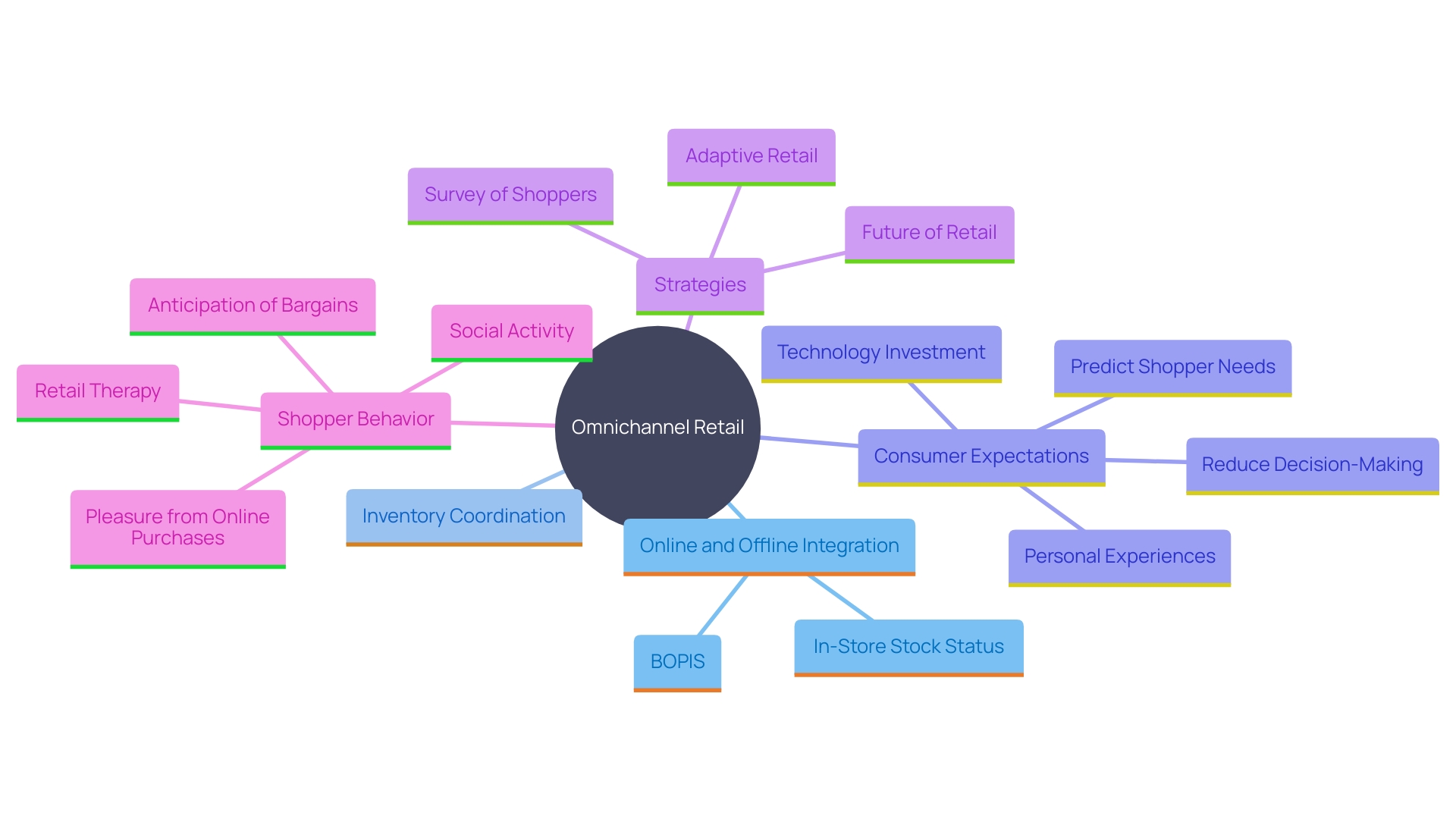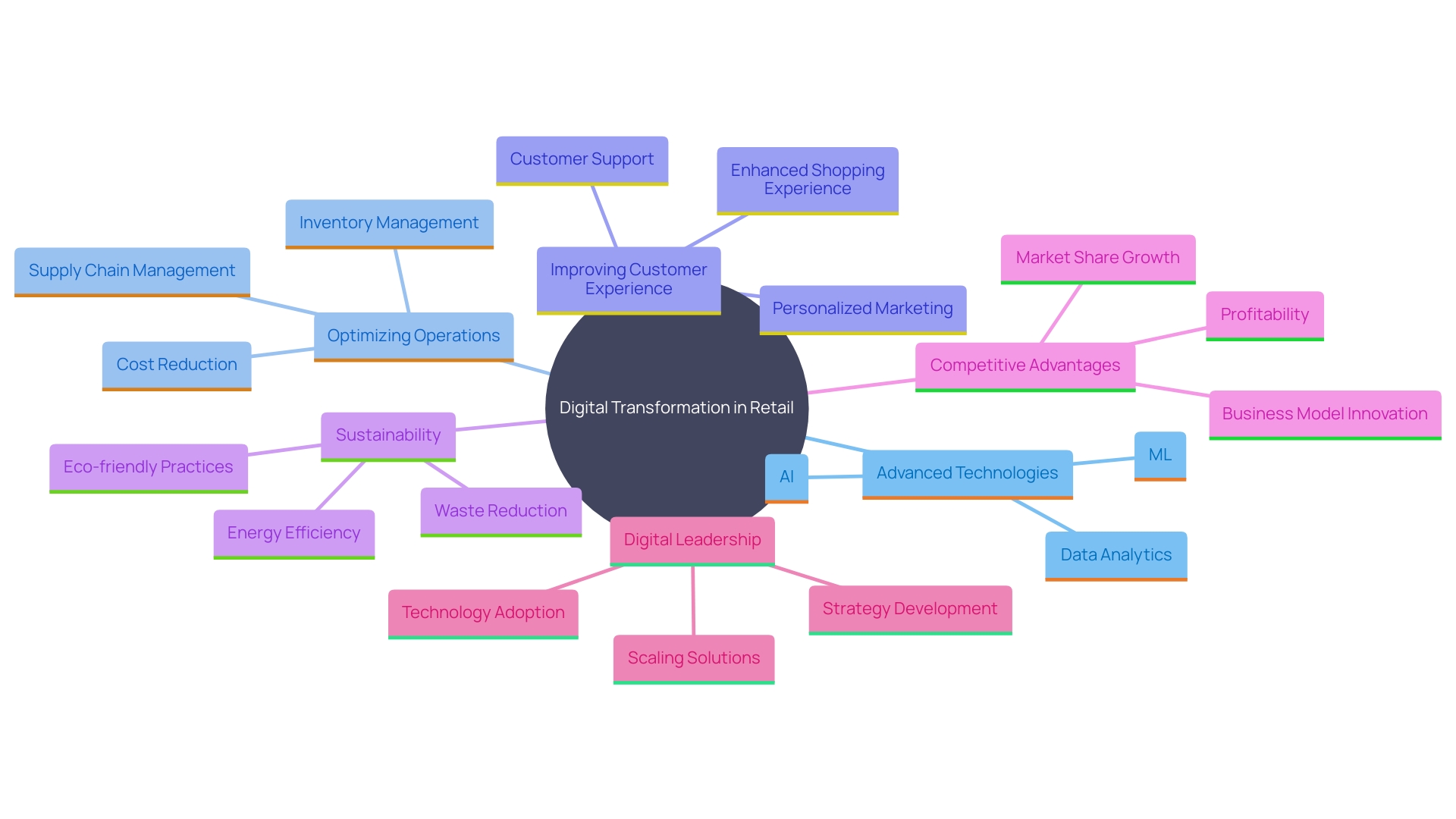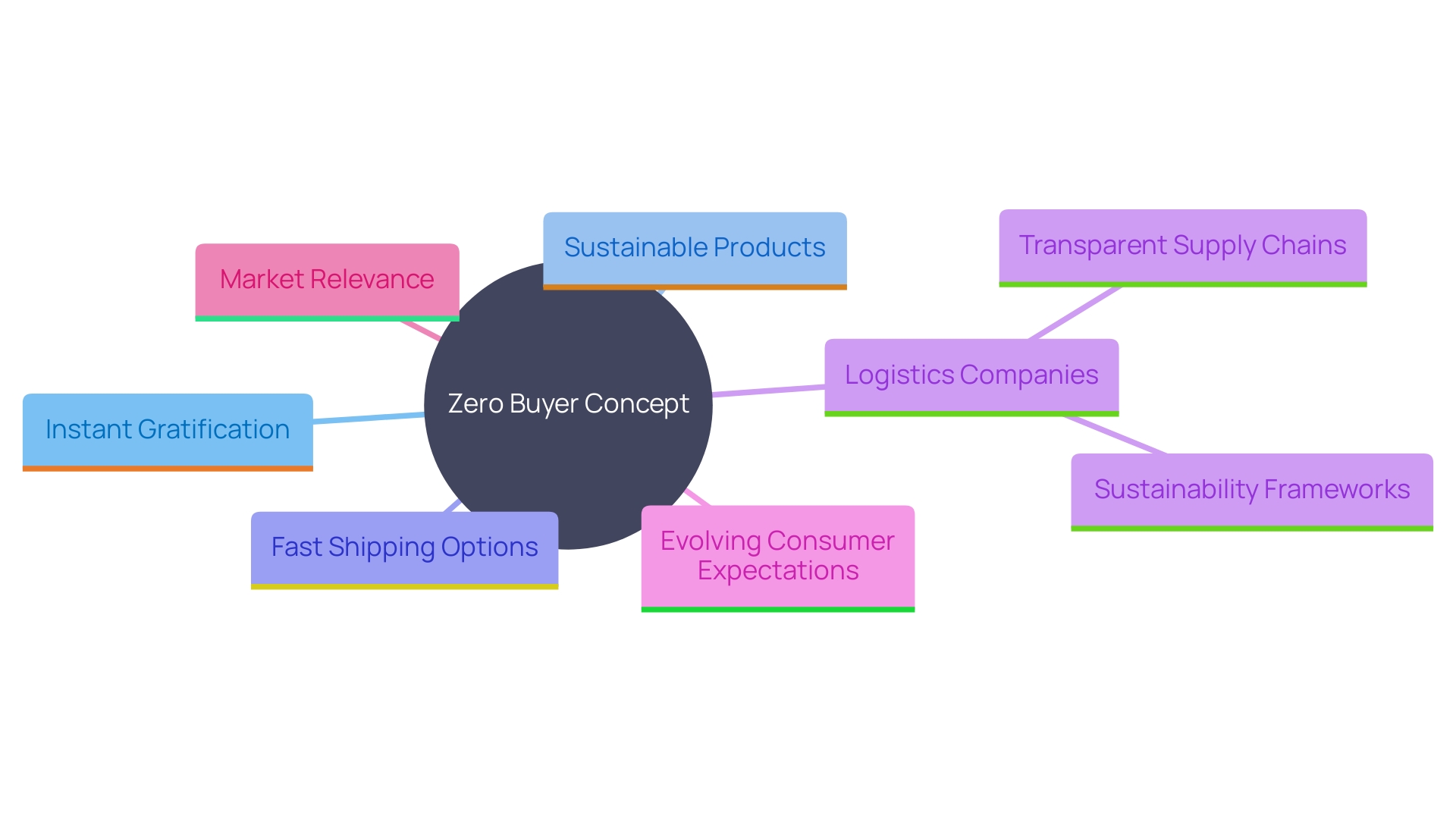Introduction
As the retail landscape evolves, the rise of omnichannel retail has emerged as a pivotal strategy for disruptive companies aiming to elevate the customer experience. By seamlessly integrating various shopping channels, retailers ensure that whether customers shop online, in-store, or through mobile apps, their journey remains fluid and cohesive. This comprehensive approach requires aligning inventory, customer data, and marketing efforts across all platforms to maintain a unified brand presence.
MediaMarkt, Europe's largest electronics retailer, exemplifies this strategy with its blend of substantial online activities and physical stores. The emphasis on creating a unified customer experience highlights the importance of a seamless interaction between online and offline channels. As highlighted in the 2024 Omnichannel Report by Digital Commerce 360, the adoption of options like buy online, pick up in store (BOPIS) and in-store stock statuses is on the rise, underscoring the necessity for retailers to continuously innovate to meet consumer expectations.
Omnichannel retail is about more than just offering products across different channels; it’s about leveraging these avenues to effectively reach customers. Despite requiring significant investment in technology, the long-term benefits, such as streamlined inventory, enhanced customer loyalty, and cost savings, make it a worthwhile endeavor. As the post-pandemic retail environment evolves, the importance of being available to customers whenever and wherever they want cannot be overstated, and those who succeed in this approach will thrive in an increasingly competitive market.
The Rise of Omnichannel Retail
Omnichannel retail has become a cornerstone strategy for disruptive companies, integrating various shopping channels to enhance the purchasing experience. This approach guarantees a seamless experience, whether individuals are shopping online, in-store, or through mobile applications. Success relies on coordinating inventory, client information, and marketing activities across all platforms to establish a unified brand presence.
MediaMarkt, Europe's largest electronics retailer with approximately 900 physical stores across 12 countries, exemplifies this strategy. Despite a significant online presence, many purchases still occur in their physical stores, though much research and planning happen online. Gabriël Dakdan, who oversees MediaMarkt's digital and physical commerce integration in the Benelux, emphasizes the importance of a unified experience for individuals to improve return on investment. The objective is to establish a smooth interaction between online and offline channels, as individuals increasingly make decisions and consider more brands.
The 2024 Omnichannel Report by Digital Commerce 360 highlights the growing importance of options like buy online, pick up in store (BOPIS) and in-store stock statuses, adopted by 78.3% and 65.4% of Top 1000 merchants, respectively. However, curbside pickup has seen a decline, now offered by only 25.3% of these merchants. This data underscores the need for retailers to adapt and innovate continuously to meet evolving consumer expectations.
Omnichannel retail isn't solely focused on providing identical products through every channel; it's about utilizing various paths to engage with clients effectively. While this strategy may require additional investment in technology, the long-term benefits far outweigh the costs. Retailers can streamline inventory, enhance client loyalty, and ultimately save time and money by consolidating their sales channels into a single platform.
As Anil Menon, Chief Information Officer at Lulu Group India, aptly puts it, "Omnichannel is simply about being available for the client when and where they want it." This sentiment captures the essence of omnichannel retail, which has gained unprecedented significance, especially post-pandemic. Retailers who fail to embrace this approach risk falling behind in a competitive landscape, whereas those who succeed will not only meet but exceed the evolving expectations of today's consumers.

Key Strategies for Disruptive Retail Companies
Disruptive retail firms are at the forefront in a competitive environment by utilizing the capabilities of innovation to improve client interaction. A prime example is Office Depot's Modern Store digital transformation project, which uses Zebra's Workcloud Task Management software to streamline tasks and improve operational efficiency. This initiative enables store managers to prioritize and assign tasks in real-time, significantly enhancing employee productivity and allowing staff to concentrate more on service.
Retailers are also adopting flexible supply chain models to respond swiftly to market demands. By utilizing data analysis and Internet of Things (IoT) tools, companies can enhance logistics and inventory management, guaranteeing the right products are accessible at the right moment. For instance, MediaMarkt's ambitious 'Lighthouse' concept in Hamburg integrates technology, innovation, and user experience, setting new standards for electronics retailing.
Furthermore, personalized marketing efforts are at the forefront of these disruptive strategies. Retailers are utilizing targeted offers, loyalty programs, and flash sales to build strong connections with clients. The rise of private label brands exemplifies this trend, providing consumers with affordable alternatives while maintaining profit margins. By consistently innovating around client needs and preferences, these retailers effectively differentiate themselves from traditional competitors, fostering loyalty and driving growth.
Digital Transformation in Retail
Digital transformation has become an essential driver for retail success, far beyond a mere trend. Retailers are increasingly investing in advanced technologies such as artificial intelligence (AI), machine learning (ML), and data analytics to enhance operations and improve client interactions. For instance, BigBasket leveraged Amazon SageMaker to train their computer vision model for Fast-Moving Consumer Goods (FMCG) product identification, reducing training time by 50% and cutting costs by 20%. This application of AI and ML significantly streamlined their processes and improved customer satisfaction.
AI and ML are not only optimizing operations but also providing invaluable insights into consumer behavior, enabling retailers to tailor their strategies more effectively. Data analytics play a crucial role in this transformation, allowing businesses to make informed decisions based on comprehensive data analysis. As noted, advanced analytics enable retailers to understand market trends and operational efficiency, offering a competitive edge in a rapidly evolving landscape.
Robotics technology is also becoming more prevalent, enhancing both customer-facing and back-end operations. Intelligent machines are being employed for stock management, tidying up, and even as shopping aides, which boosts operational efficiency, lowers labor expenses, and enhances service quality. This trend is influenced by the need for greater efficiency and client satisfaction.
Furthermore, the emphasis on client experience has become crucial. Retailers are now competing on the quality of the shopping experience they offer, rather than just price or product. This change is clear in the embrace of user-friendly websites and interactive in-store tools, which aim to create a seamless and enjoyable shopping experience for customers.
Sustainability is another crucial element where innovation is making a significant impact. Retailers are investing in durable and traceable items, driven by global environmental commitments and the push towards a circular economy. This involves enhancing efforts in recycling, reusing, and reducing waste, with the supply chain playing a pivotal role in these initiatives.
The shape of retail continues to evolve with digital technology as a critical enabler. Research shows that businesses driving digital transformation have outperformed their peers, even during challenging times marked by the pandemic, inflation, and cost-of-living crisis. Digital leaders have seen higher growth in sales, profitability, and market share, underscoring the importance of embracing digital transformation in the retail sector.

Adapting to the Zero Consumer: Fast Shipping and Sustainable Products
The idea of the 'zero buyer' emphasizes clients who seek instant gratification and extremely sustainable items. Disruptive retailers are meeting these expectations by implementing fast shipping options, such as same-day delivery, and focusing on sustainability through eco-friendly products and transparent supply chains. For instance, DPD has opened a £40 million eco-regional sortation center that delivers up to 80,000 'green' parcels daily, showcasing a commitment to sustainability and efficiency. Additionally, major logistics companies like Maersk aim to achieve net-zero emissions by 2040, emphasizing the critical role of sustainability in maintaining market relevance. Following sustainability frameworks and clear reporting, as described in the Global Powers of Retailing report, is becoming more crucial to meet the needs of both buyers and investors. Understanding and adapting to the evolving consumer expectations is essential for retaining customer loyalty and staying competitive in the market.

Conclusion
The evolution of omnichannel retail represents a strategic imperative for companies seeking to enhance customer experience in today's competitive landscape. By integrating various shopping channels, retailers can create a seamless journey for customers, whether they are shopping online, in-store, or via mobile applications. The emphasis on aligning inventory, customer data, and marketing efforts ensures a cohesive brand presence, as exemplified by MediaMarkt's successful integration of digital and physical commerce.
Adopting innovative strategies, such as flexible supply chain models and personalized marketing, enables retailers to respond to market demands swiftly and effectively. The integration of advanced technologies like AI, machine learning, and data analytics further optimizes operations and enhances customer interactions. As demonstrated by leading companies, digital transformation is not merely a trend but a crucial driver of retail success, yielding significant improvements in efficiency and customer satisfaction.
Moreover, the shift towards meeting the expectations of the 'zero consumer' necessitates a focus on fast shipping and sustainability. Retailers that prioritize eco-friendly products and transparent supply chains will not only satisfy consumer demands but also strengthen their market position. Embracing these approaches will be essential for retailers aiming to thrive in an increasingly dynamic and competitive environment.
The path forward is clear: those who invest in omnichannel strategies, technological advancements, and sustainability will lead the charge in shaping the future of retail.




